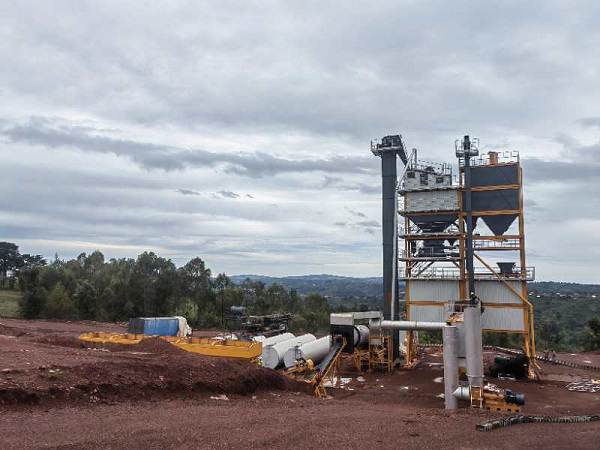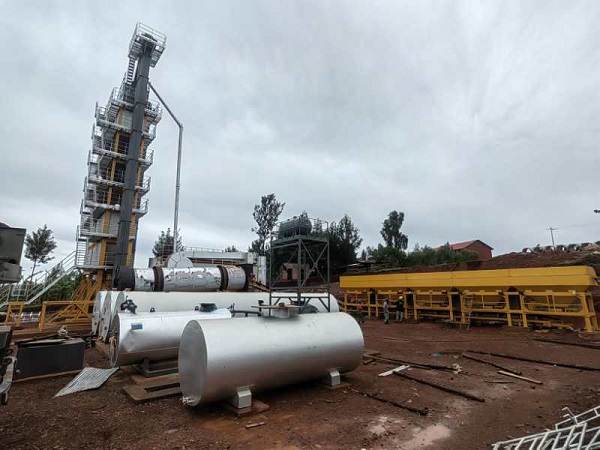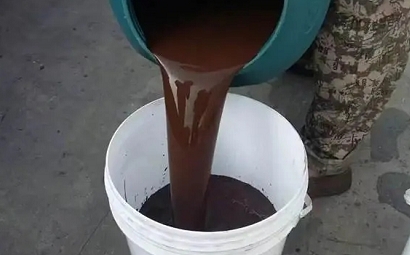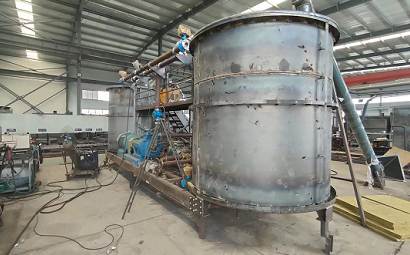The secret to zero accidents in asphalt mixing plant production operations is here!
Preparations before starting up
1. Check
① Understand the impact of weather conditions (such as wind, rain, snow and temperature changes) on the production day;
② Check the liquid levels of diesel tanks, heavy oil tanks, and asphalt tanks every morning. When the tanks contain 1/4 of the oil, they should be replenished in time;
③ Check whether the temperature of the asphalt reaches the production temperature. If it does not reach the production temperature, continue to heat it before starting the machine;
④ Check the aggregate preparation situation according to the ratio of cold aggregate, and the insufficient parts must be prepared for reproduction;
⑤ Check whether the on-duty personnel and auxiliary equipment are complete, such as whether the loader is in place, whether the vehicles are in place, and whether the operators at each position are in place;


2. Preheating
Check the oil supply volume of the thermal oil furnace and the position of the asphalt valve, etc., start the asphalt pump, and check whether the asphalt can normally enter the asphalt weighing hopper from the asphalt storage tank;
Power on
① Before turning on the power, check whether the positions of each switch are correct and pay attention to the order in which each part is turned on;
② When starting the microcomputer, pay attention to whether it is normal after starting, so that corresponding measures can be taken;
③ Correctly set various parameters in the computer according to the asphalt mixture ratio required for the day's project;
④ Start the air compressor, and after reaching the rated pressure, manually operate each pneumatic valve several times to ensure normal operation, especially the finished product silo door, to drain out the residue in the tank;
⑤ Before starting other equipment, a signal must be sent to the relevant personnel of the entire equipment to make it ready;
⑥ Start the motors of each part in sequence according to the circuit interlocking relationship of the equipment. When starting, the operation inspector should observe whether the equipment is operating normally. If there is any abnormality, immediately notify the control room and take corresponding measures;
⑦ Let the equipment idle for about 10 minutes. After the inspection confirms that it is normal, all personnel can be notified to start production by pressing the alarm signal.
Production
① Ignite the drying drum and increase the temperature of the dust chamber first. The size of the throttle at this time depends on various specific conditions, such as weather, temperature, mix gradation, aggregate moisture content, dust chamber temperature, hot aggregate temperature and Depending on the condition of the equipment itself, etc., the flame at this time must be controlled manually;
② After each part reaches the appropriate temperature, start adding aggregate, and pay attention to whether the transportation of each belt is normal;
③ When the aggregate is transported to the aggregate weighing hopper, pay attention to see whether the difference between the load cell reading and the rated value is within the allowable range. If the difference is large, corresponding measures should be taken;
④ Prepare the loading locomotive at the waste (overflow) material port and dump the waste (overflow) material outside the site;
⑤ The increase in output should be carried out gradually. After comprehensive analysis of various factors, appropriate output should be produced to prevent overload production;
⑥ When the equipment is running, you should pay attention to various abnormal situations, make timely judgments, and stop and start the equipment correctly;
⑦ When production is stable, various data displayed by the instrument should be recorded, such as temperature, air pressure, current, etc.;
Shut down
① Control the total production volume and the quantity in the hot warehouse, prepare for downtime as needed, and notify relevant personnel in advance to cooperate;
② After the production of qualified materials, the remaining materials must be cleaned up, and no remaining materials must be left in the drum or dust removal room;
③ The asphalt pump should be reversed to ensure that there is no residual asphalt in the pipeline;
④ The thermal oil furnace can be turned off and stopped heating as needed;
⑤ Record the final production data of the day, such as output, number of vehicles, fuel consumption, asphalt consumption, various aggregate consumption per shift, etc., and notify the paving site and relevant personnel of the relevant data in a timely manner;
⑥ Clean the domestic sewage treatment equipment after all shutdowns;
⑦ The equipment must be lubricated and maintained according to the maintenance plan;
⑧ Inspect, repair, adjust and test equipment failures, such as running, leaking, dripping, oil leakage, belt adjustment, etc.;
⑨ The mixed materials stored in the finished product silo must be released in time to prevent the temperature from reaching the bottom and the bucket door not being able to be opened smoothly;
⑩ Drain the water in the air compressor air tank.
 Albanian
Albanian  Russian
Russian  Arabic
Arabic  Amharic
Amharic  Azerbaijani
Azerbaijani  Irish
Irish  Estonian
Estonian  Odia (Oriya)
Odia (Oriya)  Basque
Basque  Belarusian
Belarusian  Bulgarian
Bulgarian  Icelandic
Icelandic  Polish
Polish  Bosnian
Bosnian  Persian
Persian  Afrikaans
Afrikaans  Tatar
Tatar  Danish
Danish  German
German  French
French  Filipino
Filipino  Finnish
Finnish  Frisian
Frisian  Khmer
Khmer  Georgian
Georgian  Gujarati
Gujarati  Kazakh
Kazakh  Haitian Creole
Haitian Creole  Korean
Korean  Hausa
Hausa  Dutch
Dutch  Kyrgyz
Kyrgyz  Galician
Galician  Catalan
Catalan  Czech
Czech  Kannada
Kannada  Corsican
Corsican  Croatian
Croatian  Kurdish (Kurmanji)
Kurdish (Kurmanji)  Latin
Latin  Latvian
Latvian  Lao
Lao  Lithuanian
Lithuanian  Luxembourgish
Luxembourgish  Kinyarwanda
Kinyarwanda  Romanian
Romanian  Malagasy
Malagasy  Maltese
Maltese  Marathi
Marathi  Malayalam
Malayalam  Malay
Malay  Macedonian
Macedonian  Maori
Maori  Mongolian
Mongolian  Bengali
Bengali  Myanmar (Burmese)
Myanmar (Burmese)  Hmong
Hmong  Xhosa
Xhosa  Zulu
Zulu  Nepali
Nepali  Norwegian
Norwegian  Punjabi
Punjabi  Portuguese
Portuguese  Pashto
Pashto  Chichewa
Chichewa  Japanese
Japanese  Swedish
Swedish  Samoan
Samoan  Serbian
Serbian  Sesotho
Sesotho  Sinhala
Sinhala  Esperanto
Esperanto  Slovak
Slovak  Slovenian
Slovenian  Swahili
Swahili  Scots Gaelic
Scots Gaelic  Cebuano
Cebuano  Somali
Somali  Tajik
Tajik  Telugu
Telugu  Tamil
Tamil  Thai
Thai  Turkish
Turkish  Turkmen
Turkmen  Welsh
Welsh  Uyghur
Uyghur  Urdu
Urdu  Ukrainian
Ukrainian  Uzbek
Uzbek  Spanish
Spanish  Hebrew
Hebrew  Greek
Greek  Hawaiian
Hawaiian  Sindhi
Sindhi  Hungarian
Hungarian  Shona
Shona  Armenian
Armenian  Igbo
Igbo  Italian
Italian  Yiddish
Yiddish  Hindi
Hindi  Sundanese
Sundanese  Indonesian
Indonesian  Javanese
Javanese  Yoruba
Yoruba  Vietnamese
Vietnamese  Hebrew
Hebrew  Chinese (Simplified)
Chinese (Simplified)







